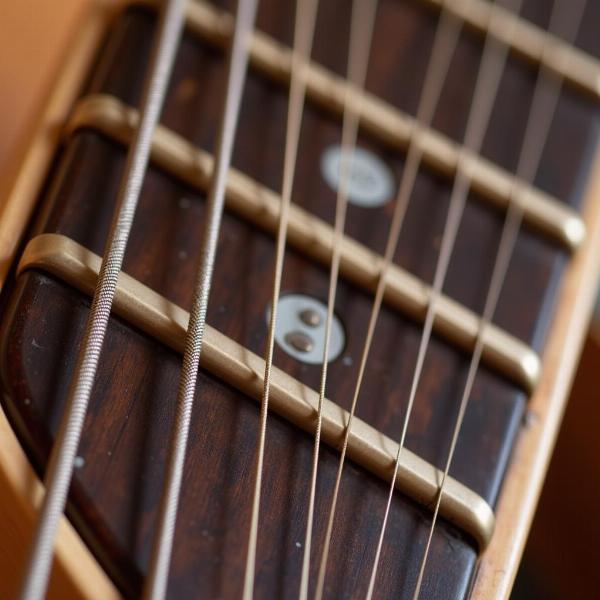Octaves, a fundamental concept in music, hold a unique significance across cultures. Understanding their meaning in Hindi, specifically, opens up a deeper appreciation for Indian musical traditions. This article will delve into the various aspects of “octaves meaning in Hindi,” exploring its linguistic nuances, cultural relevance, and technical interpretations within the rich tapestry of Indian music.
Exploring the Hindi Term for Octaves
The Hindi word most commonly used for octave is saptak (सप्तक). Derived from the Sanskrit word “sapta” meaning seven, it literally translates to “a group of seven.” This refers to the seven swaras (notes) within an octave. While saptak is the standard term, you might also encounter variations like asthaayi (अष्टायी), although this is generally used to denote a specific range or register within a melodic framework.
Octaves in Indian Classical Music
Octaves are the building blocks of Indian classical music. The concept of saptak is deeply ingrained in the melodic structure and rhythmic patterns of ragas and talas. Each saptak spans a specific frequency range, with the higher saptak being a double of the lower saptak’s frequency. This creates the familiar sense of repetition but at a higher pitch.
Importance of Sa (सा)
The tonic note ‘Sa’ (सा) is pivotal in defining a saptak. It acts as the anchor, and all other notes are positioned relative to it. This emphasizes the crucial role of ‘Sa’ in maintaining the integrity of the melodic framework within a particular octave.
Beyond the Basics: Octaves in Practice
Understanding the theoretical definition of saptak is just the beginning. The true beauty of octaves lies in how they are utilized in performance. Musicians skillfully navigate through different octaves, creating complex melodic phrases and emotive expressions. The transition between octaves, known as murki (मुर्की), adds a unique dimension to the music.
Octaves and Vocal Music
In vocal music, singers train rigorously to traverse octaves seamlessly. Their ability to reach higher octaves with clarity and control is highly admired. This mastery allows them to express a wide range of emotions and create a captivating musical experience.
Octaves and Musical Instruments
The construction of many Indian instruments reflects the importance of octaves. For example, the frets on a sitar are precisely placed to produce the notes of different saptaks. Similarly, the different sized drums in a tabla set allow for variations in pitch and octave.
 Sitar Frets and Saptak
Sitar Frets and Saptak
Conclusion: The Essence of Saptak
From the fundamental meaning of “octaves meaning in Hindi” as saptak, we’ve explored its significance in Indian classical music. Understanding the concept of saptak is crucial for anyone wishing to appreciate the depth and complexity of this ancient and vibrant musical tradition.
FAQ:
-
What is the most common Hindi word for octave? The most common Hindi word for octave is saptak (सप्तक).
-
How many notes are there in a saptak? A saptak consists of seven notes.
-
What is the importance of ‘Sa’ in a saptak? ‘Sa’ is the tonic note and acts as the anchor for all other notes within the octave.
-
What is the term for transitioning between octaves in Indian music? The transition between octaves is often referred to as murki (मुर्की).
-
How do octaves relate to the construction of Indian instruments? The construction of many Indian instruments, like the sitar, incorporates the concept of octaves in their design.
Meaning-Hindi.in specializes in accurate and culturally sensitive Hindi translation services. Our expertise covers various domains, including business, legal, technical, website localization, and academic translation. We understand the nuances of the Hindi language and ensure your message is conveyed effectively. For all your Hindi translation needs, contact us at [email protected] or call us at +91 11-4502-7584. Meaning-Hindi.in is your trusted partner for bridging the language gap.